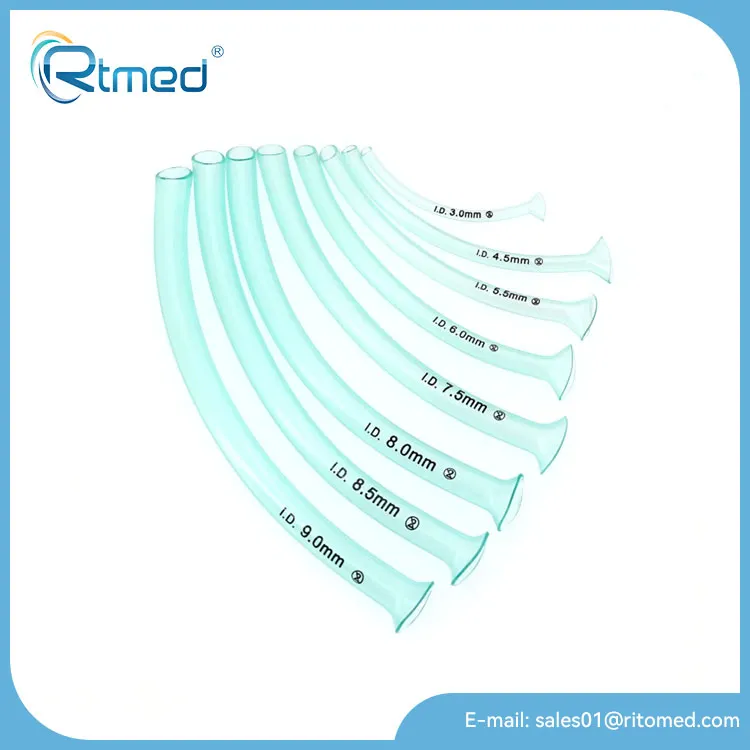Nasopharyngeal Airway: An Essential Tool in Airway Management
2024-11-29
In the realm of emergency medicine and airway management, the nasopharyngeal airway (NPA) is a critical tool. Designed to maintain an open airway, the NPA is a simple yet effective device used in pre-hospital, in-hospital, and even military settings. This blog delves into the purpose, application, and key considerations of using a nasopharyngeal airway.
What is a Nasopharyngeal Airway?
A nasopharyngeal airway, often referred to as an NPA, is a soft, flexible tube designed to be inserted into the nasal passage. Its purpose is to create a direct channel to the pharynx, ensuring that air can flow unobstructed, especially in patients with partial airway obstructions. Unlike oropharyngeal airways, NPAs can be used in conscious or semi-conscious patients, as they are less likely to trigger a gag reflex.
Key Features of Nasopharyngeal Airways
1. Flexible Material
- Made from medical-grade silicone or PVC for patient comfort and reduced irritation.
2. Flared or Beveled Tip
- Prevents over-insertion and enhances the device's stability within the nasal passage.
3. Various Sizes
- Available in multiple diameters and lengths to accommodate different patient anatomies.
4. Rounded, Lubricated Surface
- Minimizes trauma during insertion and enhances ease of use.
When is an NPA Used?
A nasopharyngeal airway is often employed in situations where airway patency is compromised. Common indications include:
- Unconsciousness or Decreased Level of Consciousness: Prevents the tongue from blocking the airway.
- Seizures: Maintains airway access during convulsive episodes.
- Trauma: Provides an airway route when oral access is restricted, such as in facial injuries.
- Airway Obstructions: Useful in bypassing minor obstructions caused by swelling or secretions.
Benefits of Nasopharyngeal Airways
1. Ease of Use: Simple design and straightforward insertion make the NPA a go-to device for healthcare professionals and first responders.
2. Versatility: Can be used in patients with an intact gag reflex, unlike oropharyngeal airways.
3. Portable: Compact and lightweight, it is a staple in emergency kits.
4. Minimal Distress: Causes less discomfort compared to oral airways in conscious patients.
How to Insert a Nasopharyngeal Airway
1. Select the Appropriate Size: Measure from the tip of the patient’s nose to the earlobe.
2. Lubricate the Device: Use a water-soluble lubricant to minimize friction during insertion.
3. Insert Gently: Place the beveled end facing the septum, and insert it into the nostril following the natural curvature of the nasal passage.
4. Secure Placement: Ensure the flange or wider end remains outside the nostril to prevent over-insertion.
Safety Considerations
- Contraindications: Avoid using an NPA in patients with suspected basal skull fractures or severe facial trauma, as it may cause further injury.
- Sterility: Always use a sterile NPA to prevent infection.
- Monitoring: Regularly check for proper placement and signs of nasal bleeding or irritation.
The nasopharyngeal airway is an indispensable tool in airway management, offering a reliable solution in emergency and non-emergency scenarios alike. Its simplicity, effectiveness, and adaptability make it a must-have for medical professionals across various fields. By understanding its use and safety precautions, healthcare providers can ensure better outcomes for patients in need.



